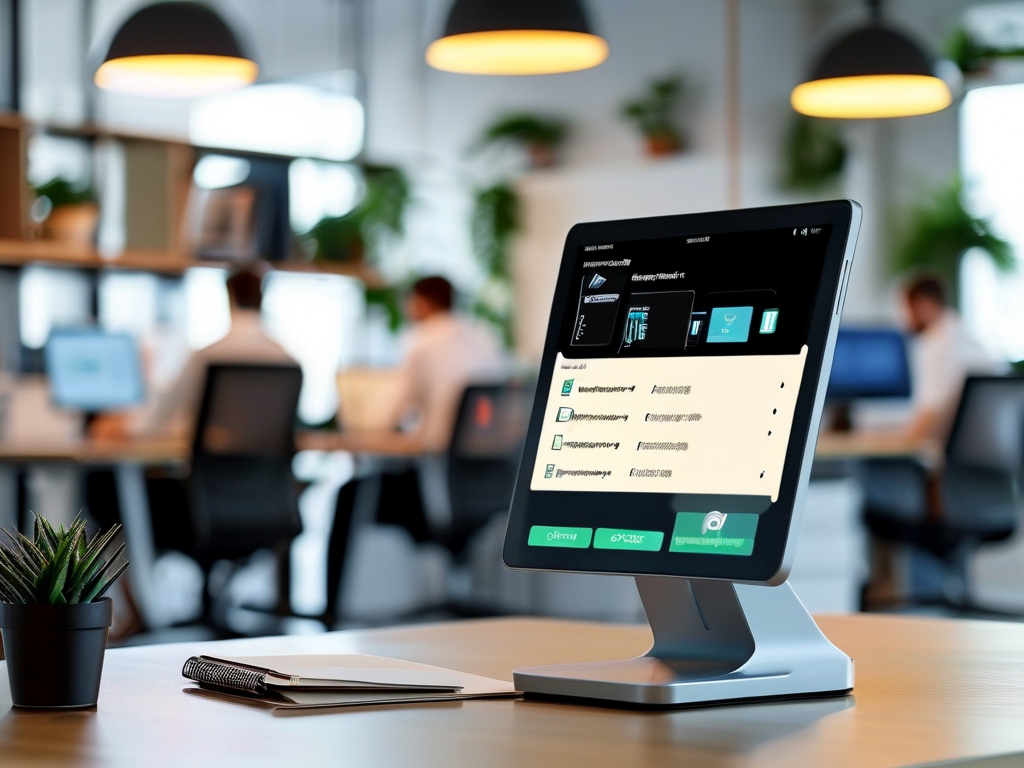In today’s fast-paced corporate environment, businesses are increasingly adopting automated deployment clock-in software to streamline employee attendance tracking. Traditional manual methods, such as paper-based systems or standalone digital tools, often lead to inefficiencies, errors, and administrative bottlenecks. By leveraging automation, organizations can reduce human intervention, improve accuracy, and integrate attendance data seamlessly with other HR systems.

The Need for Automation in Attendance Management
Manual attendance tracking is prone to inconsistencies. Employees might forget to clock in, supervisors could misplace records, or discrepancies might arise during payroll processing. For companies with remote or hybrid teams, these challenges are amplified. Automated deployment solutions eliminate these pain points by using technologies like geofencing, facial recognition, or biometric authentication to ensure real-time, tamper-proof data capture.
Key Features of Automated Clock-In Software
- Cloud-Based Deployment: Modern systems are often cloud-hosted, enabling access from any device or location. For example:
# Example API call for cloud-based clock-in import requests api_endpoint = "https://api.attendance-system.com/clockin" payload = {"employee_id": "12345", "timestamp": "2023-10-05T08:00:00Z"} response = requests.post(api_endpoint, json=payload) - Integration Capabilities: These tools sync with payroll software (e.g., QuickBooks) or project management platforms (e.g., Jira), automating workflows like overtime calculations or task allocation.
- Customizable Reporting: Managers gain insights into attendance patterns, late arrivals, or absenteeism through dashboards.
Addressing Security and Compliance
Data security is a critical concern. Automated systems encrypt sensitive information and comply with regulations like GDPR or labor laws. Role-based access ensures only authorized personnel view or modify records.
Real-World Application: A Case Study
A mid-sized logistics company reduced payroll processing time by 40% after implementing an automated deployment solution. By integrating their clock-in software with GPS tracking, they also improved route optimization for delivery teams.
Challenges and Considerations
While automation offers benefits, companies must address potential hurdles:
- Employee resistance to new technologies.
- Initial setup costs and training.
- Ensuring system compatibility with legacy software.
Future Trends
Advancements in AI will enable predictive analytics—for instance, flagging potential attendance issues before they occur. IoT integration could further automate tasks, such as adjusting work schedules based on real-time demand.
In , automated deployment clock-in software is no longer a luxury but a necessity for modern businesses aiming to optimize operations. By adopting these tools, organizations can foster transparency, reduce administrative overhead, and focus on strategic growth.









